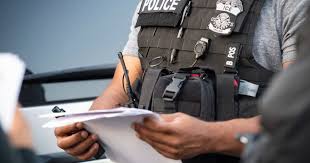
Do I Need To Be Fit To Walk The Camino De Santiago?
The simple answer is that you must be used to exercise, yes, but you don’t need to be an avid hiker. You must be ready to walk lots of miles every day, though and that includes the mental preparation, as much as the physical. The Portuguese coastal route is the flattest while the French Way does have hills and steep parts.
If you’re planning to cycle, you must be fitter and well used to riding a bike across countryside terrain. Sail The Way lets you take a yacht along some stages of the trails; a nice diversion for some of the route. It’s possible to take a horse and ride some of the trails but clearly this requires more planning.
How Long Does The Camino De Santiago Take And How Much Does It Cost?
Clearly, the time it takes to hike the Camino de Santiago depends on the route you take and how much of it you decide to hike. If you’re planning on earning your Compostela certificate and doing the last 62 miles, then it usually takes people five or six days.
The full French Way can take 35 days. The average seems to be about 14 nights but some people walk the Camino de Santiago in chunks, coming back again and again to finish it completely over a period of years.
Prices are cheaper to stay in the public hostels, albergues, which cost about $10 per night, but you cannot always book these in advance so when it gets busy, it might be best to book into a private hostel or guest house.
Part of the joy for people who walk this route is dining with new people along the way, being open to meeting new people and having new types of conversation.
If you sleep in shared government-run dorms in the albergues, eat communally with fellow travelers each night and are on the French Way for 35 days and walking 500 miles, you could expect to spend just $1,200 for the duration of your hike.
A private room each night will considerably alter the cost of your stay, as they charge anywhere up to $100 per night for a double.
What Should You Pack To Hike Camino De Santiago?
Most pilgrims carry what they take so The Telegraph recommends that the weight in your backpack should be no more than 10% of your body weight.
Basic is best but include sunscreen, waterproofs, a water bottle, a sun hat, some first aid bits and bobs and definitely footwear that is broken in and comfortable. Wear layers so you can peel clothes on and off to match the weather, and socks and underwear should be comfy.
Trekking poles can be helpful.
Hostel stays would require a sleeping bag, ear plugs and possibly some shoes to wear in washing areas and showers.
There isn’t any need to be embarrassed about deciding to use a service to take your bags from one hostel to another along the route, particularly as this makes the route more accessible to walkers who otherwise wouldn’t be able to hike the route.
There are various services who will cart people’s bags between hostels on the routes for about $5-10 per trip, leaving you to only carry a daypack. As National Geographic says, “the first pilgrim, King Alfonso II, probably didn’t haul his own gear around either.”








